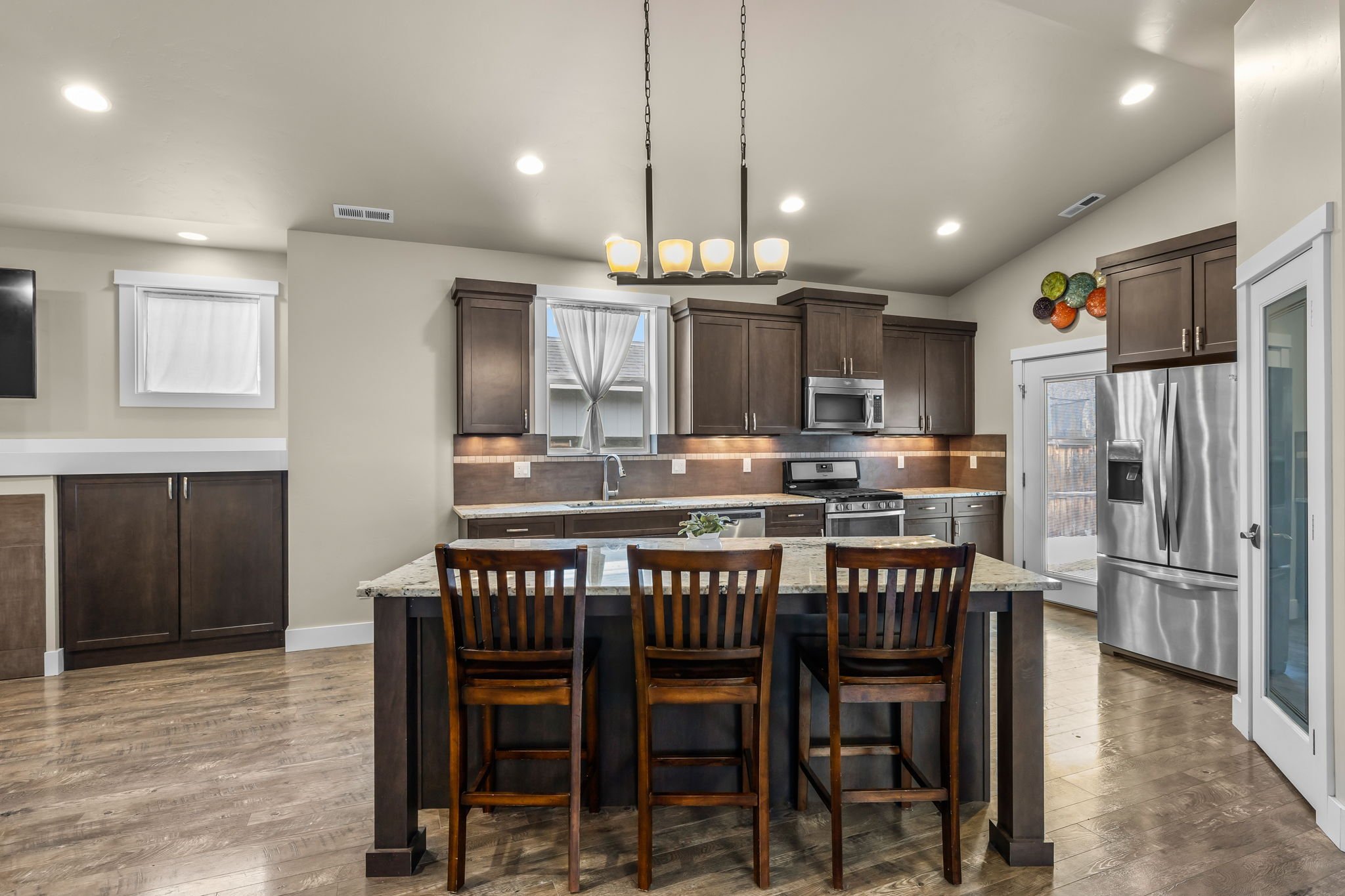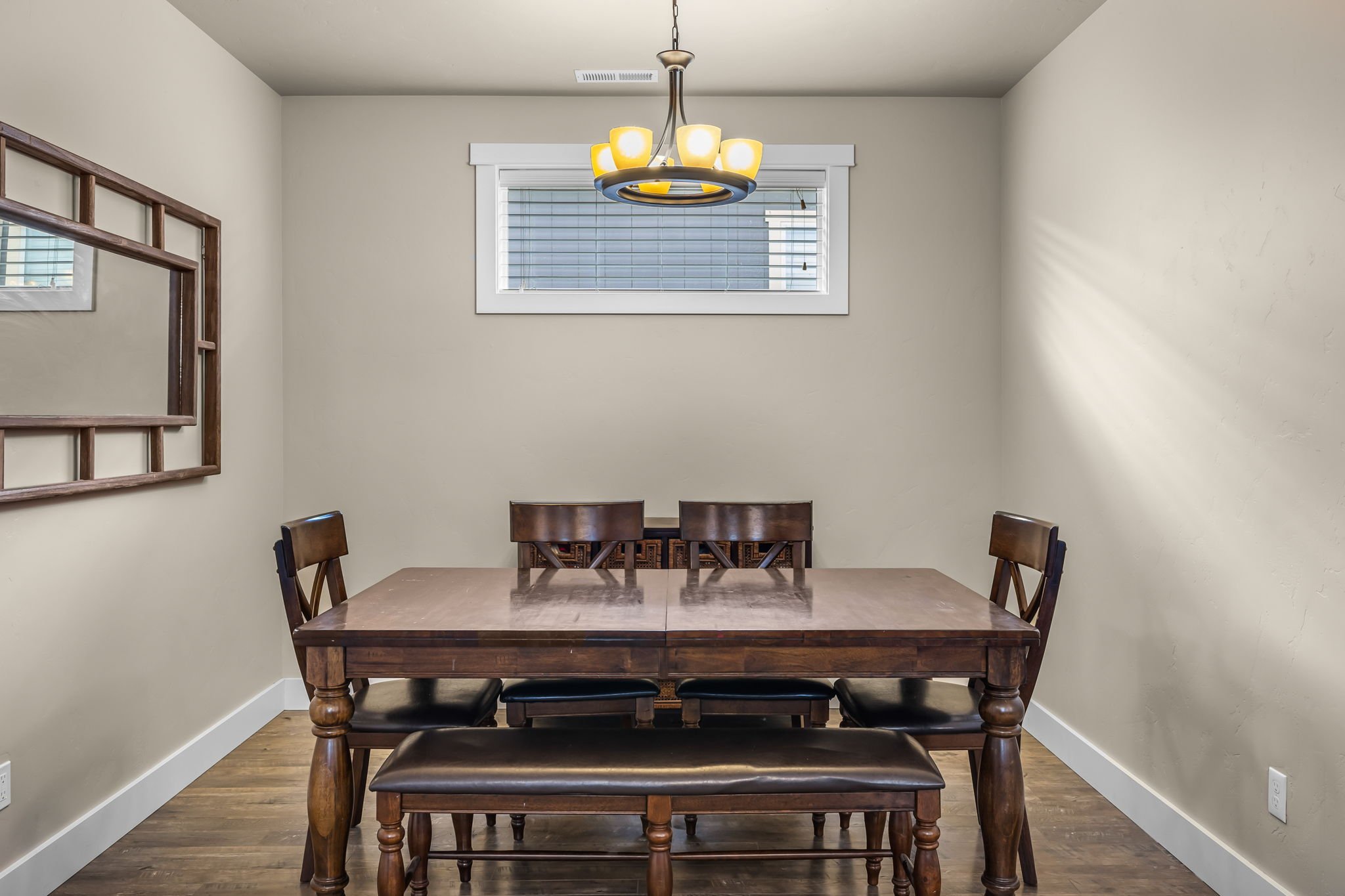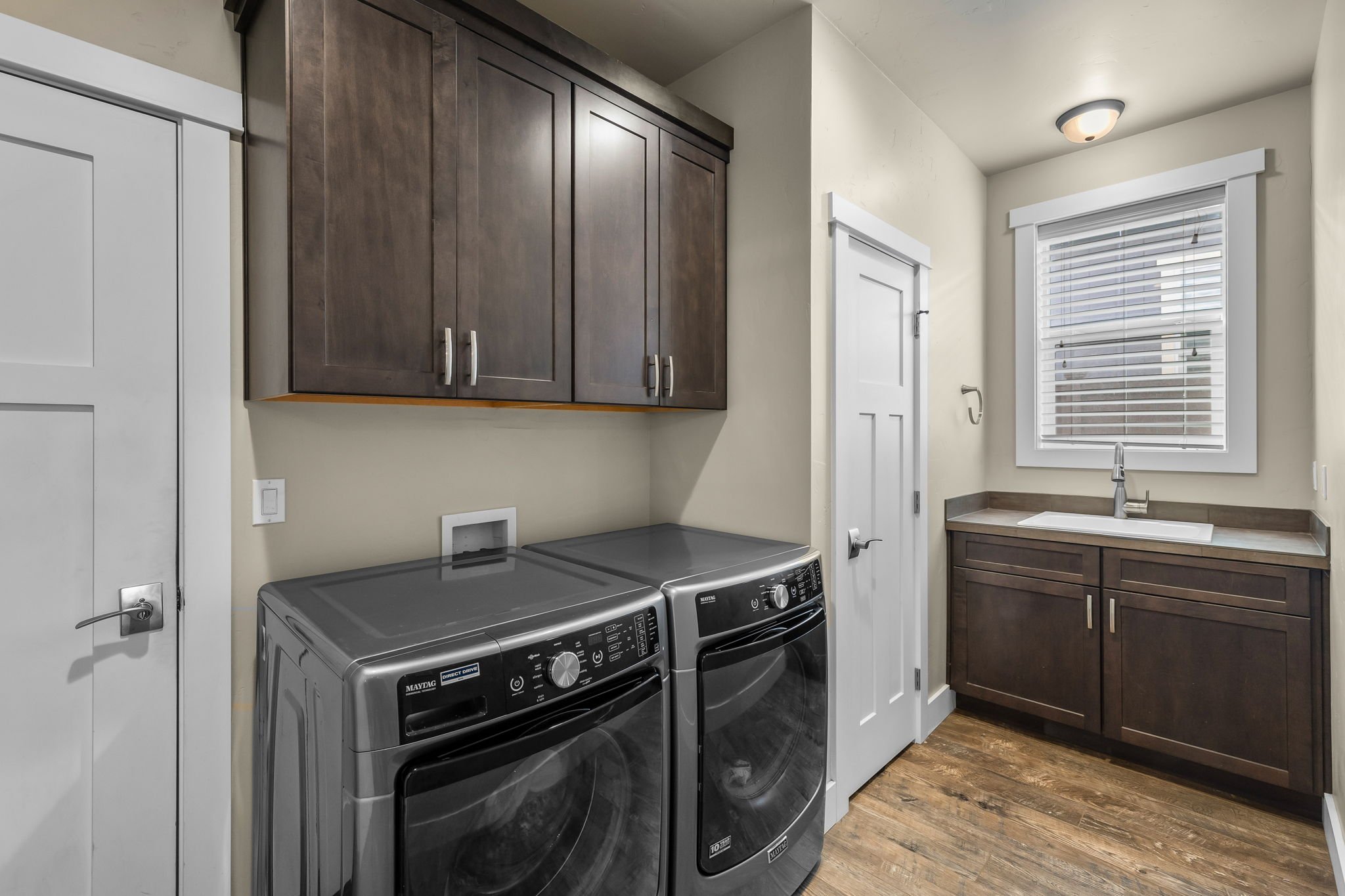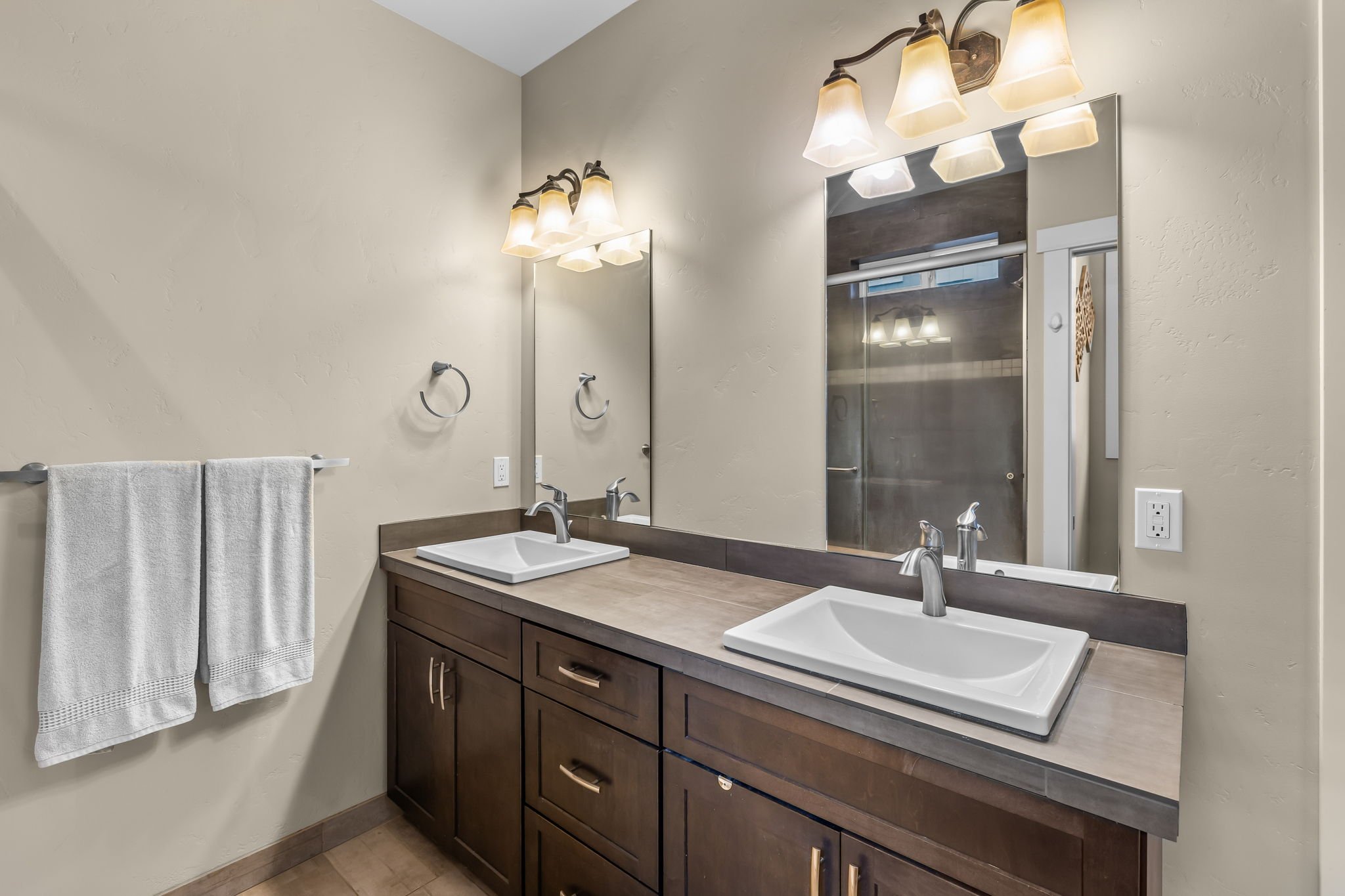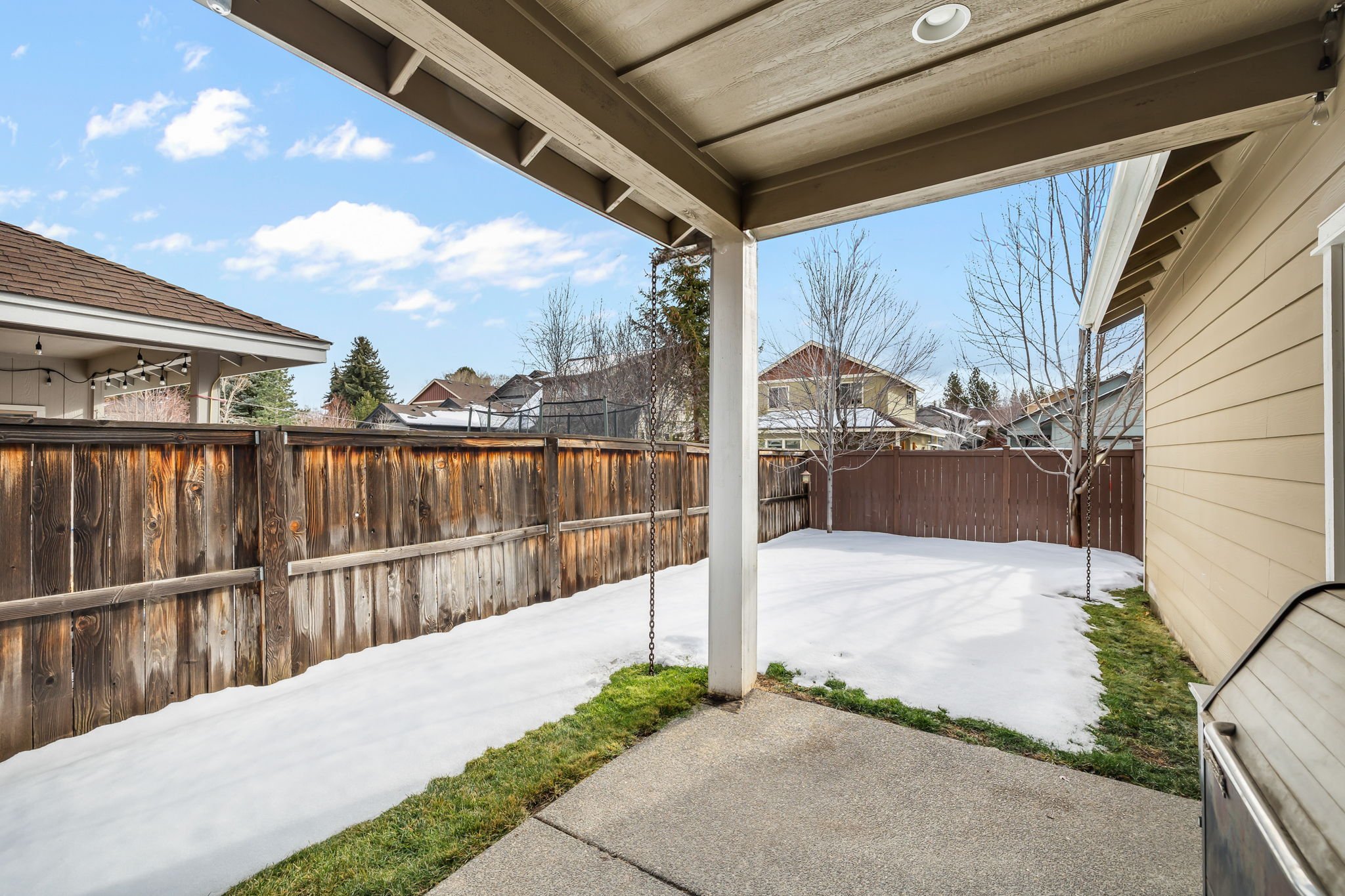With high mortgage rates and home prices, would-be buyers are understandably looking for deals — even if they have to move to a different city, state or region to find them.
Last year, consumers moving interstate tended to pick new metropolitan areas where housing costs and competition are less severe, and construction is keeping up with demand, according to a recent Zillow Group analysis of United Van Lines data.
Homes in those consumers’ new metros cost $7,500 less, on average, compared to the places they left.
“Housing affordability has always mattered...and you’re seeing it across the country,” said Orphe Divounguy, a senior economist at Zillow. “Housing affordability is reshaping migration trends.”
The 10 metros where people are moving
The search for affordability has led a strong migration flow into states like Florida, North Carolina, South Carolina, Tennessee and Texas, said Jessica Lautz, deputy chief economist and vice president of research at the National Association of Realtors.
Cities in the Zillow analysis showing the most inbound moves include Charlotte, North Carolina; Providence, Rhode Island; Indianapolis, Indiana; Orlando, Florida; and Raleigh, North Carolina, according to the Zillow analysis.
The real estate market is facing a low supply of active listings; while builders are trying to fill the gap, they can only do so in areas where it is financially feasible for both buyers and builders.
“That’s why you’re seeing these relatively more affordable Southern, Midwestern markets rise to the top of the list,” Divounguy said.
The draw of these metros is because they “are markets where jobs are being created rapidly” and where more new houses are being constructed, Divounguy said. For example, Charlotte and Raleigh have become tech and financial hubs attracting workers from metro areas like New York City.
“Because of that, they have remained relatively more affordable than other markets across the country,” he said.
Read more at CNBC.com
Related Links
If there is a home that you would like more information about, if you are considering selling a property, or if you have questions about the housing market in your neighborhood, please reach out. We’re here to help.










